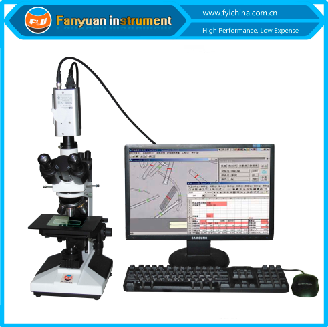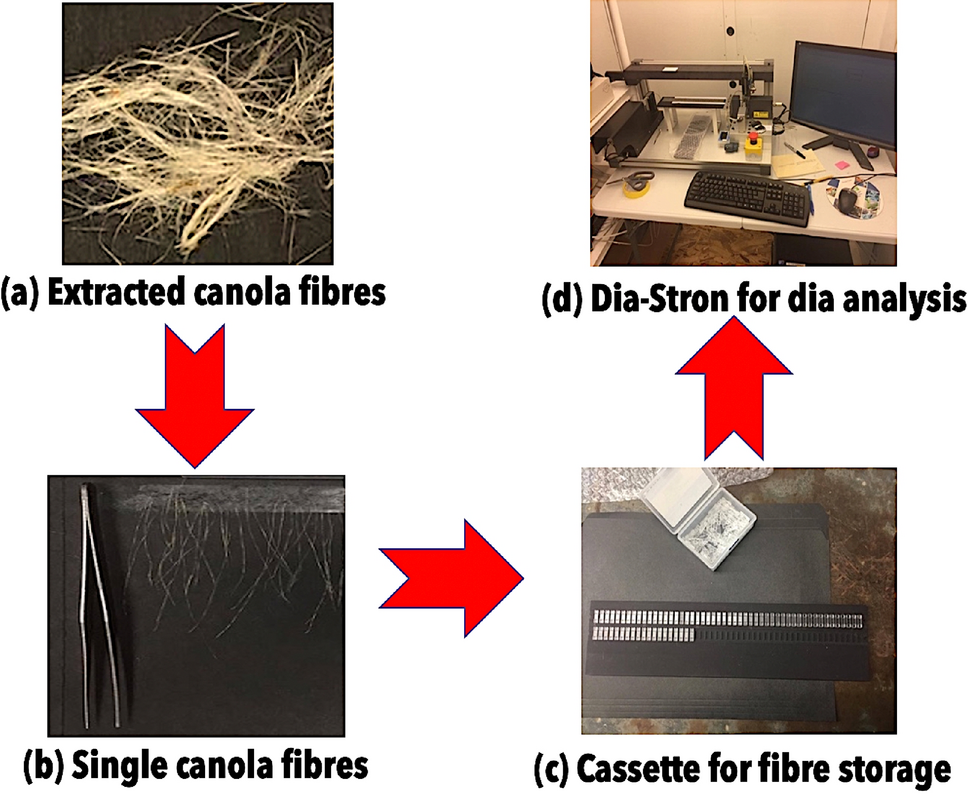Optical Fibre Diameter Analyser Devices for Lab and Field Use
Optimize Your Fibre Optic Performance: Understanding Optical Fibre Diameter Analyser Technology
The efficiency of fiber optic systems is seriously influenced by the accuracy of their diameter, an aspect commonly overlooked in the quest of optimum signal honesty. Comprehending the technology behind optical fibre size analysers discloses the detailed balance in between measurement accuracy and production high quality.
Importance of Optical Fibre Size
The size of optical fiber plays a vital role in figuring out the efficiency and effectiveness of interaction systems. Alternatively, smaller sized sizes often tend to sustain less modes, which can improve signal clarity and minimize crosstalk.

Moreover, recognizing the size's implications can cause cost financial savings by reducing the demand for signal amplification and repeaters in considerable networks (optical fibre diameter analyser). In conclusion, the relevance of optical fibre diameter can not be overstated, as it directly influences the overall efficiency and reliability of modern-day interaction systems

Just How Diameter Affects Signal Quality
Signal top quality in optical fibre systems hinges significantly on the size of the fibre. The diameter influences numerous key specifications, consisting of attenuation, transmission capacity, and modal dispersion. A smaller sized diameter can bring about greater attenuation prices, leading to signal loss as light trips through the fiber. This depletion can jeopardize the integrity of the transmitted data, bring about a decline in signal high quality, specifically over fars away.
Alternatively, bigger diameters usually enable for boosted light capture and reduced modal dispersion, boosting signal clarity. In multimode fibers, a larger core size can sustain numerous light settings, however it may additionally present intermodal diffusion, which can degrade signal high quality. For that reason, picking the ideal fibre diameter is vital for attaining the desired performance in certain applications.
Moreover, the interaction in between the fiber diameter and the wavelength of the light used plays a crucial duty in establishing the effective transmission distance and overall signal honesty. Recognizing exactly how fibre size impacts signal quality is necessary for network designers and engineers striving to optimize optical fibre systems for dependable, high-speed data transmission.
Review of Size Analyser Modern Technology
In many optical fiber manufacturing processes, exact measurement of fiber size is necessary for making sure regular performance and high quality (optical fibre diameter analyser). Size analysers are sophisticated tools developed to assess the physical dimensions of optical fibers with high precision. They employ innovative optical and laser innovations to measure the diameter, ovality, and concentricity of the fiber, hence providing important information for quality control
These analysers can operate in-line throughout the manufacturing process or as component of off-line testing methods. In-line systems allow real-time surveillance, allowing suppliers to change criteria quickly, consequently preserving optimal manufacturing conditions. Off-line analysers, on the various other hand, supply comprehensive assessments of batches, making sure that any discrepancies from specified tolerances are determined and resolved.
Size analysers significantly add to the reduction of flaws in optical fibers, improving total item integrity. By constantly gauging key specifications, these technologies promote conformity with sector standards and specifications. As the demand for high-performance optical fibres remains to increase, the function of diameter analysers comes to be significantly essential in attaining the wanted top quality and efficiency criteria in fibre optic systems.
Secret Functions of Fibre Diameter Analysers
Although various models of fiber size analysers exist, they typically share several key features that boost their capability and reliability. One of the most substantial attributes is high-resolution dimension capabilities, which ensure accurate diameter analyses, important for preserving quality assurance in fiber production. Additionally, several analysers include sophisticated optical sensors made to find minute variations in fibre size, thus supplying indispensable data for procedure optimization.
One more essential function see this site is real-time tracking, enabling operators to obtain prompt responses on fibre size throughout the production process (optical fibre diameter analyser). This capability promotes fast changes and decreases the likelihood of issues. Several analysers also come equipped with straightforward interfaces, allowing drivers to conveniently navigate with information and settings outcomes
In addition, robust data storage space and evaluation functionalities are crucial for tracking historic efficiency trends and making sure compliance with sector requirements. Some versions also supply connection options for combination into existing manufacturing control systems, enhancing total operational effectiveness. Last but not least, small and mobile designs permit versatile release within manufacturing environments, ensuring that top quality guarantee processes are seamless and effective. These attributes jointly add to the effectiveness of fiber diameter analysers in maximizing fibre optic performance.
Finest Practices for Fiber Optimization

First, regular calibration of optical fibre size analysers is vital. This guarantees precise dimensions and lessens potential inconsistencies that can affect performance. Next, preserving a clean workplace is important; dirt and contaminants can bring about signify destruction.
Additionally, it is very important to pick fibers that meet particular application demands. This entails evaluating aspects such as depletion, data transfer, and environmental conditions. Appropriate setup techniques need to also be stuck to, including avoiding sharp bends and too much tension, which can compromise fiber honesty.
Furthermore, employing innovative surveillance systems can facilitate real-time efficiency analyses, making it possible for prompt recognition of problems. Normal screening and maintenance should be performed to make sure that fibers continue to be within ideal operational parameters.
Lastly, training employees on the most up to date fiber optimization modern technologies and methodologies will improve their ability to apply effective approaches. By adhering my latest blog post to these best techniques, companies can substantially boost the performance and lifespan of their optical fibre systems, guaranteeing efficient communication and information transfer.
Verdict
Finally, the integration of optical fibre size analyser modern technology is essential for making the most of fibre optic performance. By making certain specific measurements of fibre measurements, these analysers considerably enhance signal quality and lower losses during information transmission. Regular calibration and maintenance of the analysers are vital to maintain ideal efficiency and compliance with sector criteria. Eventually, the application of this technology helps with boosted data transmission prices and strengthens signal honesty, adding to the general efficiency of fiber optic systems.
Signal high quality in optical fiber systems pivots substantially on the size of the fiber.In lots of optical fiber manufacturing procedures, precise measurement of fiber size is crucial for guaranteeing consistent performance and top quality. As the demand for high-performance optical fibres proceeds to rise, the duty of diameter analysers ends up being significantly essential in achieving the wanted quality and efficiency requirements in fiber optic systems.
These attributes jointly add to the effectiveness of fiber diameter analysers in enhancing fiber optic efficiency.
In verdict, the other assimilation of optical fiber size analyser innovation is crucial for optimizing fiber optic performance.